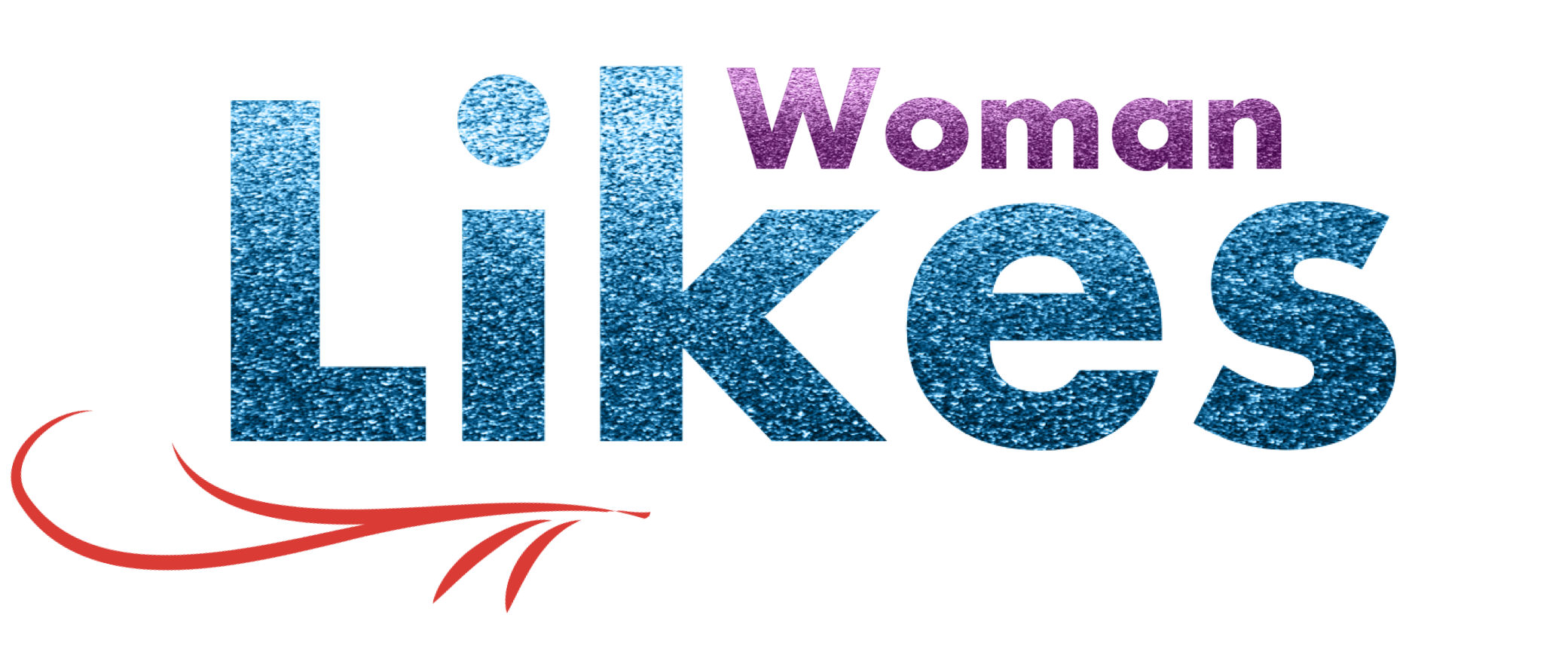
The woman has many roles in a man’s life. She gives up her own pleasure and aims to fulfill her husband’s needs, while also maintaining peace in the home and relieving her man of the burdens of daily life. A woman inspires her man to reach for great heights and shares all of his achievements with him. A woman provides him with love, comfort, understanding, and support, as well as a sense of responsibility to the family. Moreover, she is also the symbol of purity and submission to her husband.
Women
The challenges of women have historically been viewed as less important or non-relevant compared to those of men. Referring to sexual abuse and maternal health as women’s issues is problematic because it detracts from the fact that women make up more than half of the world’s population and experience many of the same issues as men. Many of these challenges are interrelated, and solutions must be gender-sensitive and focused on women’s needs. Men may not necessarily experience all of the problems associated with gender equality, but they do have a significant role to play in solving these issues.
The term “woman” is the most common word to refer to a female human. Prior to reaching adulthood, a woman was called a girl, child, or adolescent. In certain contexts, the term “woman” is used as plural, and there are a number of different definitions of womanhood. While this is not a comprehensive list, these definitions are helpful for understanding the nuances of the term.
Despite the fact that women represent more than 50% of the world’s population, they are often treated unequally, denied the right to a high-quality education, and prevented from exercising political power. In fact, women still make up the majority of those living in poverty, and are less likely to reach the top than men do. Furthermore, they tend to be subject to disproportionate violence from their intimate partners, which can lead to even further inequalities.
Female sex
The female reproductive system contains both internal and external sex organs. The ovaries, cervix, and womb are all part of the reproductive system. The ovaries produce the hormones that cause sex. The fallopian tubes connect the ovaries and the womb. The ovaries release hundreds of thousands of eggs every month and have vital roles in female sex. However, their exact evolutionary history remains unknown.
This study highlights experiences of female sex workers with contraceptives and outlines the barriers faced by different types of clients. The study shows how some workers are aware that contraceptives help prevent pregnancy, but there is low knowledge about these methods overall. Some female sex workers may turn to abortion as the only option for unwanted pregnancy. The results of the study in China indicate a lack of knowledge about sexual and reproductive health in the work place. In contrast, more than 90% of adolescent FSWs said they did not want to get pregnant, but less than half of them had used a consistent contraceptive method.
The study found that women had a 23% higher risk of stroke than men. However, in women with no risk factors, the risk of stroke is 23% lower. The study’s methodology used an interaction term between gender and risk factors for stroke, and the results were statistically significant. Therefore, the results show that female sex can modify stroke risk in women. The researchers conclude that “female sex is a prognostic factor in AF.”
Status of womanhood
The cultural practices of the Transition to Womanhood are a key part of the process. For instance, a girl’s first menstruation is followed by an intense period of cleansing. This phase is intended to rid the girl of the dirt and pollution that comes with menstruation. It is a culturally-defined process that makes young women aware of the social expectations and meaning of body changes. Likewise, the Transition to Womanhood is often marked by celebrations and other social events.
The dominant discursive context of the Transition to Womanhood in contemporary Africa is often oppressive. It expects women to serve as caregivers to their families and community members, and this often compromises a woman’s well-being. This is evident in the representations of Simone and Muncell, who present themselves as disabled and failed mothers. Yet in the end, they reform into a new identity devoted to their families and community.
The Transition to Womanhood has been marked by a variety of social and economic changes. Women’s status has increased and men’s status has decreased. Today, women are increasingly expected to work, get married, and raise children. While traditionally, marriage was the main focus of women, new attitudes towards women have resulted in higher marriage ages and reduced divorce rates. However, today’s society is not ready to give women the same opportunities as their predecessors.
Meaning of the word
The word woman is used to refer to adult female human beings. It is a neutral and contrastive term compared to male. Although the word is not used negatively, it can be sexist, especially when used in contrast to males. The word “woman” is also used colloquially, with the phrase “lady” referring to a polite and refined woman. This usage of the word has remained largely unchanged over the years.
The word woman was originally pronounced “wi-man”. It was used in Middle English to mean a married female. This gender-fluid spelling was used from the Middle Ages, and the term “women” first came about in 1175. In the 16th century, the word became synonymous with “wifman.” It became more common to use the word ‘wif’ in English and Dutch to describe a married woman. In other languages, such as Saterland Frisian Wieuwmoanske and West Frisian frommes, the word for woman was formed.
Today, the word “woman” is used in legal documents as a general term for adult female human beings. However, the term “girl” is often used to refer to young female human beings and children. Although the term “woman” is used in the legal field, it has been deemed sexist by some groups. The Italian project aimed to change this term by law, but this project has met with some resistance from conservatives.
Origin of the word
The term “woman” has its roots in the Latin word “femella,” meaning “female human being.” In Old English, the word “man” originally meant both a male and female human being. The term “man” eventually came to be used exclusively for males, but the root word still exists, and is a form of the Latin word man. Its origin is uncertain, though it might be related to a stem meaning “to think.” The word “woman” is a more recent development that dates back to the Middle Ages, and it means “female human.”
Earlier, the term “woman” was pronounced “wi-man.” This pronunciation was still used to refer to a woman, and is reflected in many everyday expressions today. It is believed that the word woman originated in Old English, where the word “wif” meant “female” and “man” meant “person.” The modern use of the word “woman” is a result of this fusion, which was used in the late 14th century.
While the term “woman” has become more inclusive over time, it is still problematic for trans people. Even though it was once the preferred spelling for women, it was associated with the Dianic Wicca movement and excluded non-womyn-born-womyns. A non-binary person was behind a recent petition calling for a change. The new spelling was introduced in 2016 as part of a campaign to eliminate sexist language in the media and to address gender inequality.
Meaning of the word today
Despite a cultural shift in the last few years, the term woman still carries an underlying ethical charge. It carries the stigma of labeling a person contrary to one’s own identity, and it can engender a reaction against non-binary people. While this shift is largely driven by compassion, it is also a response to the threat of online mobs. Five years ago, taboos surrounding gender and sex barely existed, and now only exist in the most exclusive circles. While the word woman today has a double sided ethical dilemma, its use is still an essential part of our culture.
Oxford University Press updated its definition of the word woman after a series of petitions criticised its inclusion of offensive words and phrases as synonyms of “woman.” It has added gender-neutral terminology and revised terms for sexual attractiveness and activity. This change will remove some of the most offensive terms used in today’s culture. The changes to the term will help people avoid these offensive terms, but will not have a significant impact on current usage.
The word ‘woman’ is often confused with ‘womxn’, which is derived from a combination of man and womb. Today, women and non-binary people can be referred to as ‘womxn’ or ‘womyn’. As a result, this term is widely used to refer to non-binary people as well. This spelling, derived from a word that means ‘womb’, became more common in the late 14th century and has continued to be used in modern culture.







